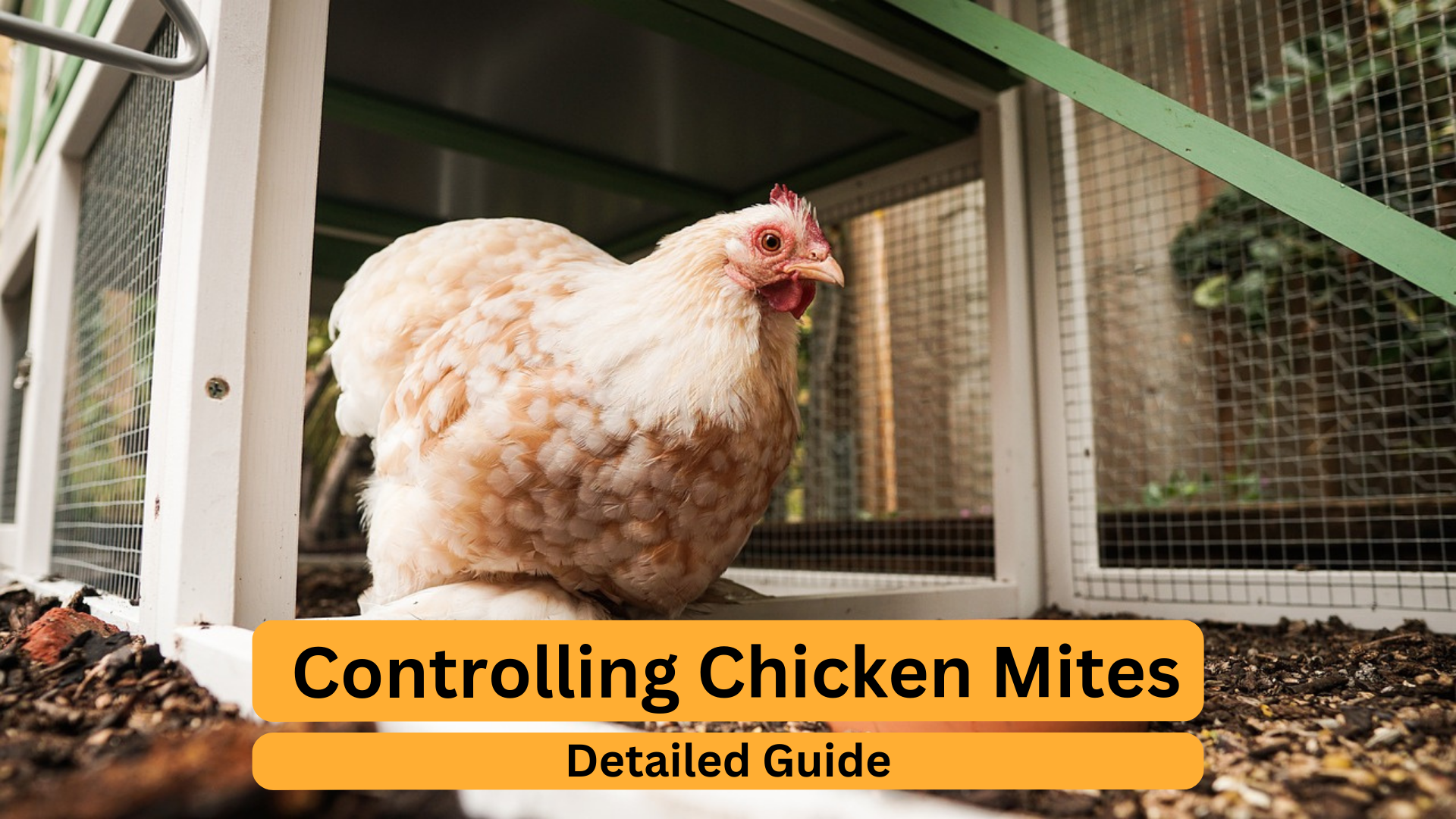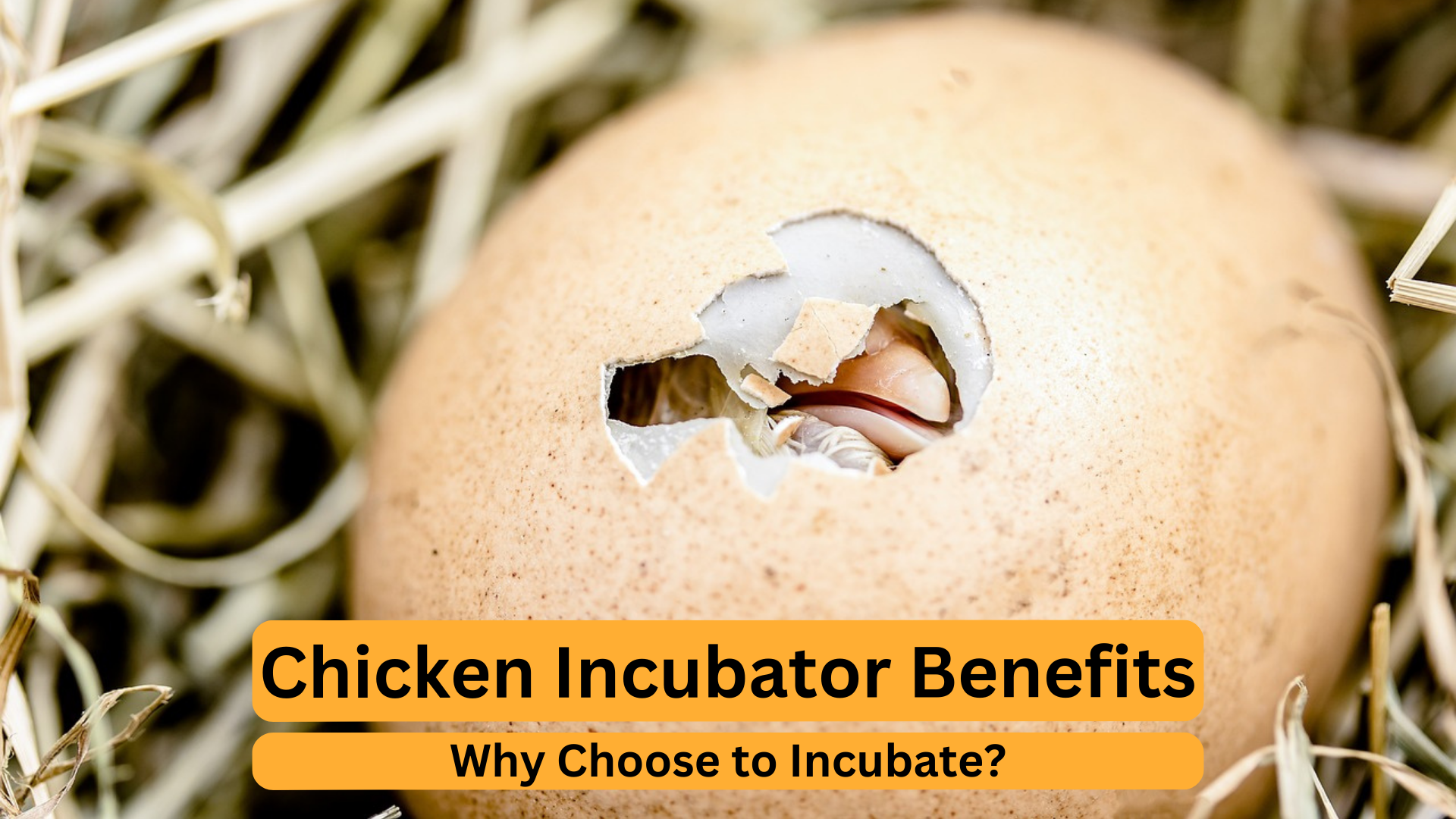Introduction: Becoming an incubating Master.
In the intricate world of poultry keeping, the success of incubation begins long before eggs are placed in an incubator. It starts at the very foundation – with the meticulous process of egg selection and storage. For Australian chicken enthusiasts, whether in the sunny expanses of Queensland or the cooler climes of Victoria, understanding this art is essential. This comprehensive guide delves into the nuances of selecting the right eggs and storing them under optimal conditions, ensuring they are primed for the incubation journey. Mastering these initial steps is crucial, as they lay the groundwork for healthy and successful hatching, pivotal for both hobbyists and commercial breeders.
Section 1: The Importance of Egg Selection
The journey to successful hatching in Australia begins with one crucial step: selecting the right eggs. This initial choice can significantly impact the overall success rate of your incubation process. High-quality eggs are the foundation of healthy chicks. Factors like freshness, shell integrity, and size play a pivotal role. In the variable climates of Australia, from the tropical north to the temperate south, choosing eggs that are resilient and in prime condition for incubation is essential. This section will guide you through understanding why each factor in egg selection is vital for your hatching success.
Section 2: Criteria for Selecting the Best Eggs
Selecting the best eggs for incubation involves a keen eye and knowledge of what to look for:
Freshness:
Eggs for incubation should be as fresh as possible, ideally not more than 7-10 days old.
Shell Quality:
Look for eggs with smooth, uncracked shells. Minor imperfections can lead to poor hatchability or weak chicks.
Size and Shape:
Choose eggs that are typical for the breed in size and shape. Extremely large or oddly shaped eggs often lead to hatching difficulties.
Cleanliness:
Eggs should be clean but avoid washing them, as this can remove the protective bloom and expose the egg to bacteria.
By adhering to these criteria, you increase your chances of a successful hatch, crucial in the context of Australian poultry farming where conditions can be challenging.
Section 3: Proper Storage of Eggs Pre-Incubation
Once you've selected the ideal eggs, proper storage is the next critical step. The way eggs are stored before incubation can greatly affect their viability:
Temperature:
Store eggs at a steady temperature of about 12-15°C. Extreme temperatures can damage the embryo.
Humidity:
Maintain a moderate humidity level to prevent the eggs from losing too much moisture.
Position:
Keep the eggs pointed end down to maintain the yolk's position and turn them daily to prevent the yolk from sticking to the shell.
Adhering to these storage conditions ensures that the eggs remain viable and ready for the incubation process, a factor particularly important in Australia's sometimes harsh and fluctuating environment.
Section 4: Preparing Eggs for the Incubator
Transitioning eggs from storage to the incubator is a delicate process that requires attention to detail:
Room Temperature:
Gradually bring the eggs to room temperature before placing them in the incubator. This avoids thermal shock to the embryos.
Handling Care:
Handle the eggs gently and minimally to avoid any jarring or damage.
Pre-Incubation Checks:
Before placing eggs in the incubator, do a final check for any cracks or flaws that might have been missed earlier.
Properly preparing your eggs for the incubator not only optimises their chances of hatching but also ensures the health and viability of the chicks, an aspect of paramount importance for successful poultry keeping in Australia.
Section 5: Common Challenges and Solutions in Egg Selection and Storage
In the process of egg selection and storage, several challenges may arise, especially in the diverse Australian climate:
Handling Delicate Eggs: Some eggs, particularly from rare breeds, can be more fragile. Handling these eggs with extra care is crucial. Use soft, cushioned materials for storage and avoid any jarring movements.
Fluctuating Storage Conditions: In areas where temperature and humidity can fluctuate, maintaining a consistent storage environment is challenging. Using a temperature-controlled room or a specialised egg storage cabinet can help mitigate these fluctuations.
Dealing with Dirty Eggs: Ideally, eggs should be clean at collection, but if cleaning is necessary, do it gently with a dry, fine-grit sandpaper or a soft cloth. Avoid using water as it can remove the protective coating of the egg and facilitate bacterial entry.
By anticipating and addressing these common issues, you can further enhance the quality and viability of your eggs before they enter the incubator, paving the way for a successful hatching.
Conclusion
To master the art of egg selection and storage is to lay the foundation for a successful incubation process. As we have explored, the right approach to choosing and storing eggs can significantly influence the outcome of your hatching efforts. In Australia's varied poultry keeping environments, from the hot, arid inland regions to the cooler, coastal areas, these initial steps are particularly crucial. Remember, the journey to healthy, vibrant chicks begins well before the incubator – it starts with the egg. Ensuring you select the best eggs and store them under optimal conditions will set you on the path to hatching success. We encourage you to apply these insights to your poultry endeavours and look forward to hearing about your hatching achievements.








